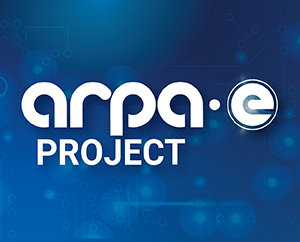SeaweedPaddock Pelagic Sargassum Ranching

Technology Description:
The University of Southern Mississippi (USM) will lead a MARINER Category 1 project to design and develop a semi-autonomous enclosure, called a seaweed paddock, to contain and grow mats of free-floating Sargassum, a brown seaweed species native to the eastern Atlantic and the Gulf of Mexico. One of the major cost drivers for production of macroalgae is the expense of the farming equipment, particularly anchors used to hold the farms in place in a particular spot in the ocean. Unlike most kelps, Sargassum does not require anchoring to a fixed structure, but rather will grow as a floating mat at the ocean surface. By leveraging this feature, the USM team will reduce the equipment and cost required to produce this seaweed. The system's Sargassum mats are enclosed by a floating sea fence that can be dynamically positioned by wave powered drones, operated remotely onshore by a single person to ensure maximum exposure to nutrients while avoiding ships and storms. Ocean health is improved in these areas where the collection of mats use excess nutrients in ocean deadzones, reducing ocean acidification while increasing dissolved oxygen levels from photosynthesis. Over the course of a yearlong mission that never returns to shore, the system could grow over a hundred thousand tons starting from a single ton of seaweed.
Potential Impact:
If successful, MARINER projects strive to develop the tools needed to allow the United States to become a world leader in marine biomass production for multiple important applications, including the production of biofuels.
Security:
Production of biofuels and bioenergy from domestically produced marine biomass could ensure that the U.S. has at its disposal a scalable, domestic source of low-carbon energy supplies.
Environment:
Growing large amounts of macroalgae would not compete with land-based food crops, requires no fresh water and can be grown without the addition of energy-intensive, synthetic nitrogen fertilizer. Large-scale macroalgae cultivation may help reduce the negative effects of nutrient overload and ocean acidification in many coastal ocean regions.
Economy:
A domestic macroalgae industry would not only create a valuable new source of domestic energy, but also create significant new economic and employment opportunities in many waterfront communities along the U.S. coasts from Maine to the Gulf of Mexico, Alaska, and the Pacific Islands.
Contact
ARPA-E Program Director:
Dr. Simon Freeman
Project Contact:
Dr. Reginald Blaylock
Press and General Inquiries Email:
ARPA-E-Comms@hq.doe.gov
Project Contact Email:
reg.blaylock@usm.edu
Partners
University of New Hampshire
Related Projects
Release Date:
12/16/2016
